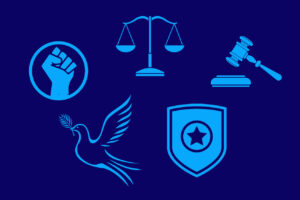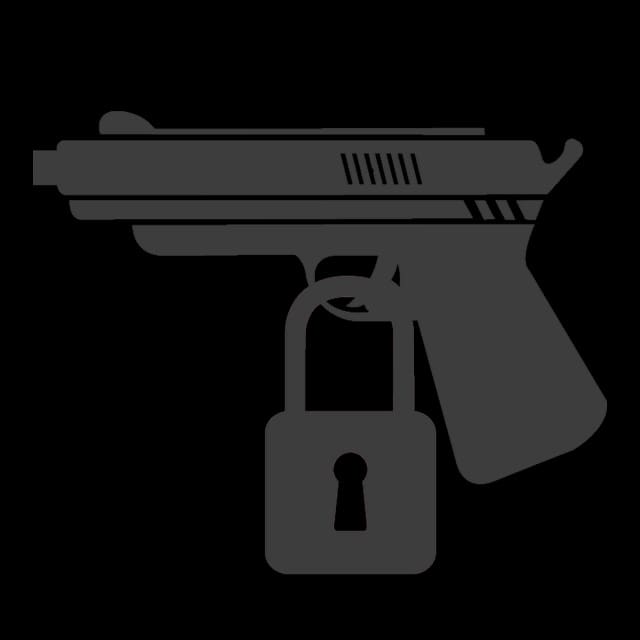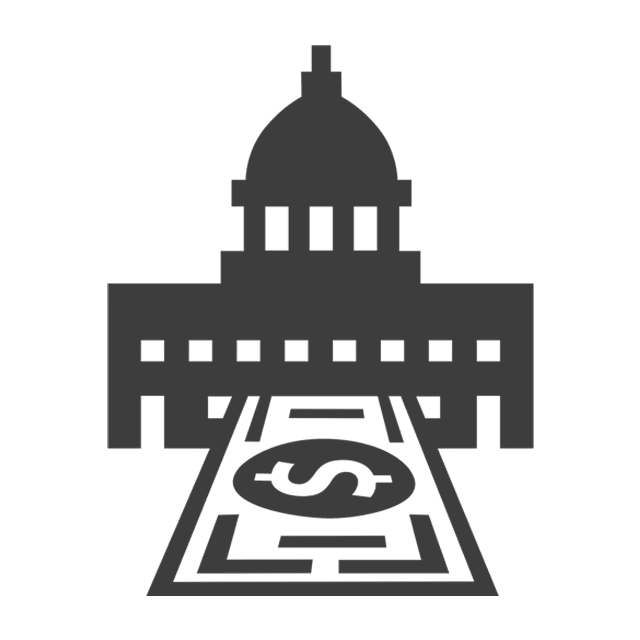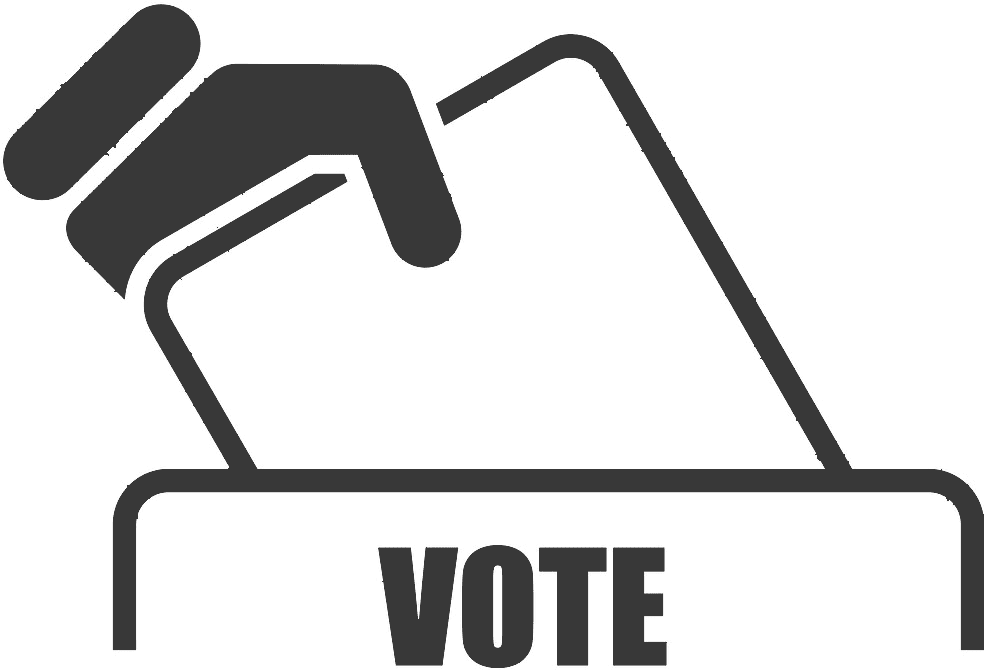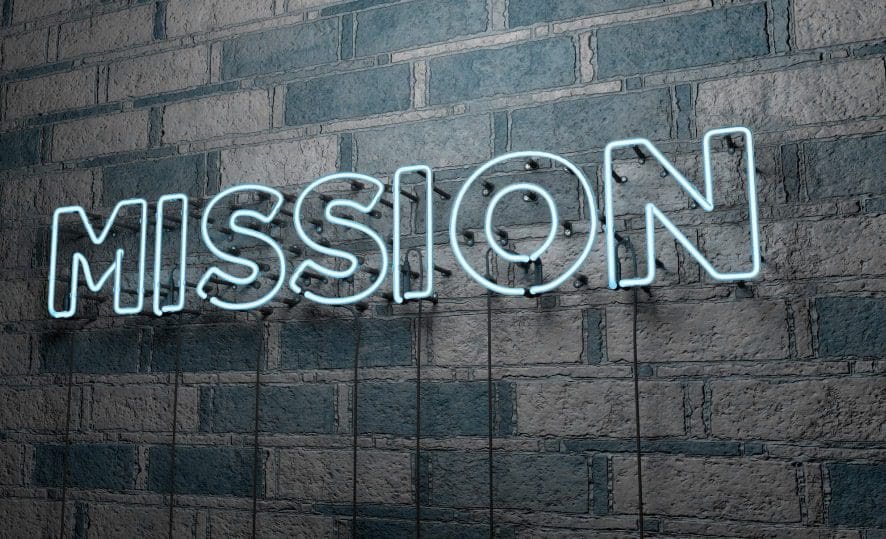What This School District in Pakistan Teaches the World About Choice
This article was featured in our weekly newsletter, the Liberator Online. To receive it in your inbox, sign up here.
According to Al Jazeera, the most literate district in Pakistan is not heavily subsidized by the Pakistani government.
 Known for being a success story in a country torn apart by war and poverty, Hunza Valley beats all other Pakistani school districts, boasting 95 percent literacy rates among both genders. Meanwhile, districts across the country have some of the lowest literacy rates in the world, with the average adult literacy rate at 55 percent and female adult literacy rate at 42 percent.
Known for being a success story in a country torn apart by war and poverty, Hunza Valley beats all other Pakistani school districts, boasting 95 percent literacy rates among both genders. Meanwhile, districts across the country have some of the lowest literacy rates in the world, with the average adult literacy rate at 55 percent and female adult literacy rate at 42 percent.
When analyzed closely, Hunza Valley’s uniqueness is easy to identify. After all, their schools are not run by the government. Instead of waiting for government to do something, the local community decided to take matters into their own hands in the 1980’s, starting their own independent community school system.
What started as a way to fill in the gap left by government turned into a success story, thanks to the private initiative of villagers.
Muhammad Ibrahim, the chairman of the local Ismaili Community, says that village residents “all joined hands to start a community school [that would] produce students who can compete with the challenges of the modern world,” giving birth to the most successful education story coming from Pakistan in the past years.
The plan worked so well that currently, parents will power through any kind of struggle or difficulty to ensure their children are attending a community-run school.
“Education is the top priority” for Hunza residents, Hunza Public School principal Mehraban Karim told Al Jazeera. And to ensure their children are educated, “they have and will eat grass but will not compromise on their kids’ education. That’s the reason we have 95% literacy rate,” Karim added.
In Pakistan, education is free and mandatory up to secondary school. While classes start at a young age and the enrollments are high, the community-run schools in Hunza are much more popular, outnumbering government-run schools.
According to a World Bank study from 2014, another mountain district five hours away from Hunza Valley has a 5 percent female literacy rate. A huge difference when compared to Hunza, where local communities work together to educate their young without the help of government.
While infrastructure-wise, Hunza Valley cannot be compared to many — if any — school districts in the United States, the results of Hunza residents’ efforts are tangible.
That’s what happens when parents, educators, and community leaders come together to ensure their children have an option. When government fails, individuals step up, doing a much better job at educating children so they won’t become dependent on government assistance throughout their early years and even long into their adulthood.
Hopefully, parents in America can learn a thing or two from these Pakistani parents, becoming more involved and more interested in learning more about how they should go about amplifying school choice nationwide.






